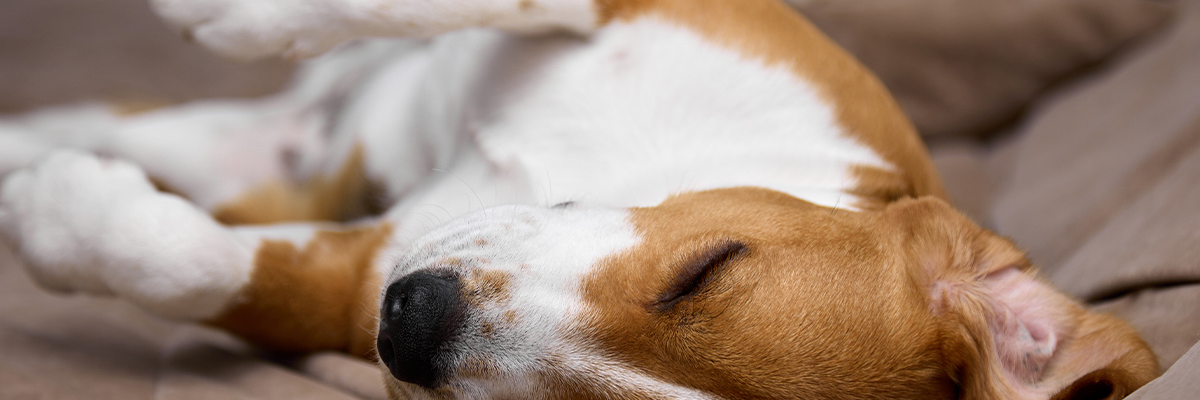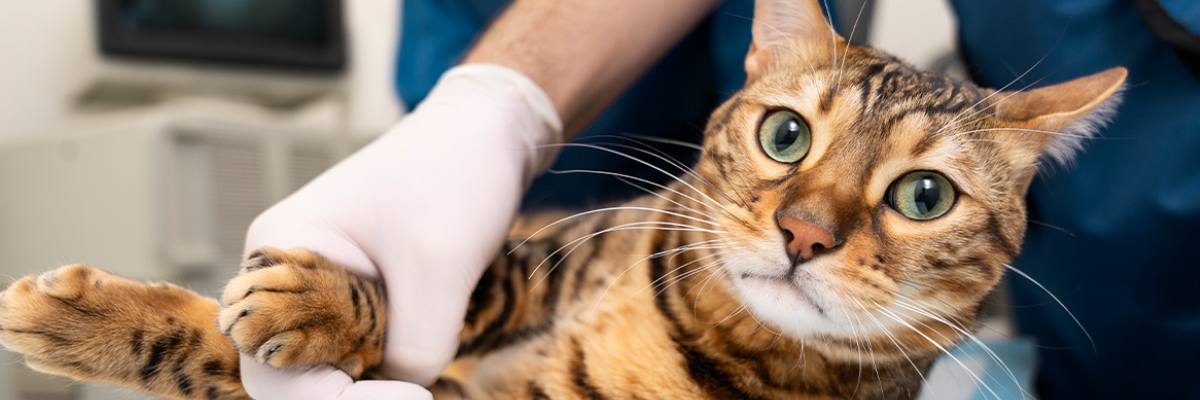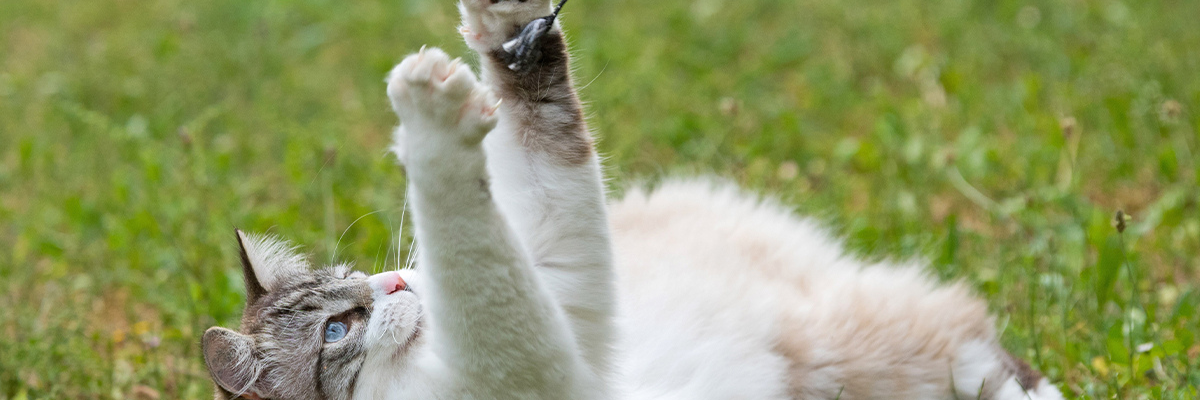Your pet’s recovery after surgery – tips and advice
Written to help you care for your animal after surgery.
Prepare for the trip home – bring a friend and blankets
After surgery, your pet is often tired and may be confused due to medications. Bringing a friend when picking up your pet can make things easier, especially if you have a larger dog. One person can focus on calming the pet while the other drives.
- Blankets and protection: Bring warm blankets to keep your pet comfortable. Also, place a protective covering in the car to handle any accidents.
- Transport: A drowsy pet may not fit in its usual carrier, so plan for a safe and comfortable alternative.
Place your pet in a safe and warm spot at home
After surgery, your pet's movements may be unsteady, and they might struggle to regulate their body temperature. To minimize the risk of injury:
- Keep your pet on ground level in a warm spot, such as a bathroom floor with underfloor heating.
- Protect surfaces: Use a blanket or pad, as your pet may have accidents.
- Avoid food and water immediately after returning home. Wait until your pet is fully awake to prevent choking. Rabbits and rodents are exceptions—they should be offered food as soon as they wake up.
Rest is crucial for recovery
After surgery, your pet needs peace and quiet. Here are some key tips:
- Minimize disturbances: Keep other pets and family members away from the recovering animal.
- Handle with care: Medications may make your pet confused or irritable. Handle them gently and confidently.
- Cats and behavioral changes: If you have multiple cats, they may show aggression toward one another for a few days after one has been to the vet.
What to check the day after surgery
The day after surgery, your pet should show signs of recovery:
- Bathroom habits: Your pet should be able to urinate on its own. Bowel movements may take a few days due to fasting before surgery.
- Leash and rest: If your pet goes outside, keep them on a leash and avoid jumping or rough play for the first 14 days to protect the wound.
- Food and water: Appetite may be reduced, but try offering special food or treats to encourage eating.
How to manage wounds and medications
- Administer medications as prescribed: Follow your vet’s dosing instructions carefully. Contact the clinic if you have any questions about the medication.
- Remove bandages: Remove wound bandages the day after surgery. Moisten the bandage with water to dissolve the adhesive and make removal easier.
- Check the wound daily: A little bleeding, redness, or swelling is normal. If the wound becomes dirty, clean it with water and disinfectant.
- Protect the wound: Use an e-collar or recovery suit to prevent your pet from licking or biting the wound.



